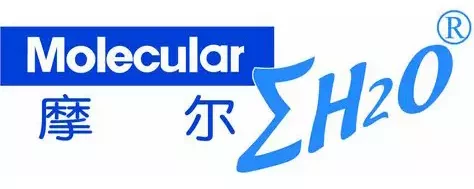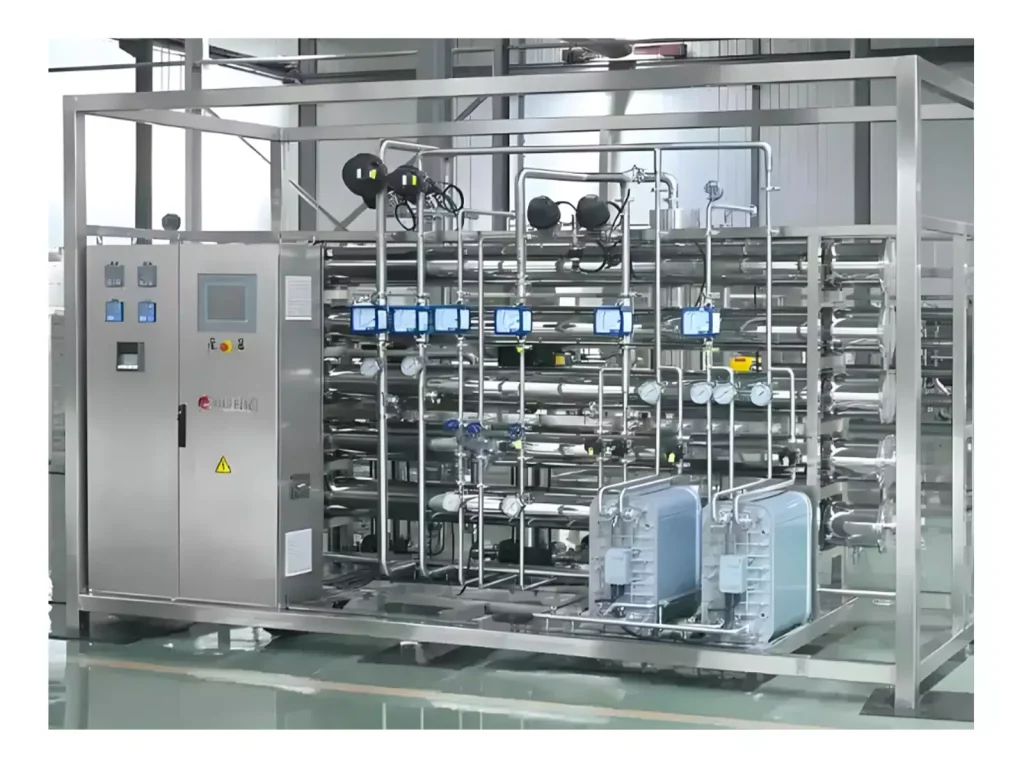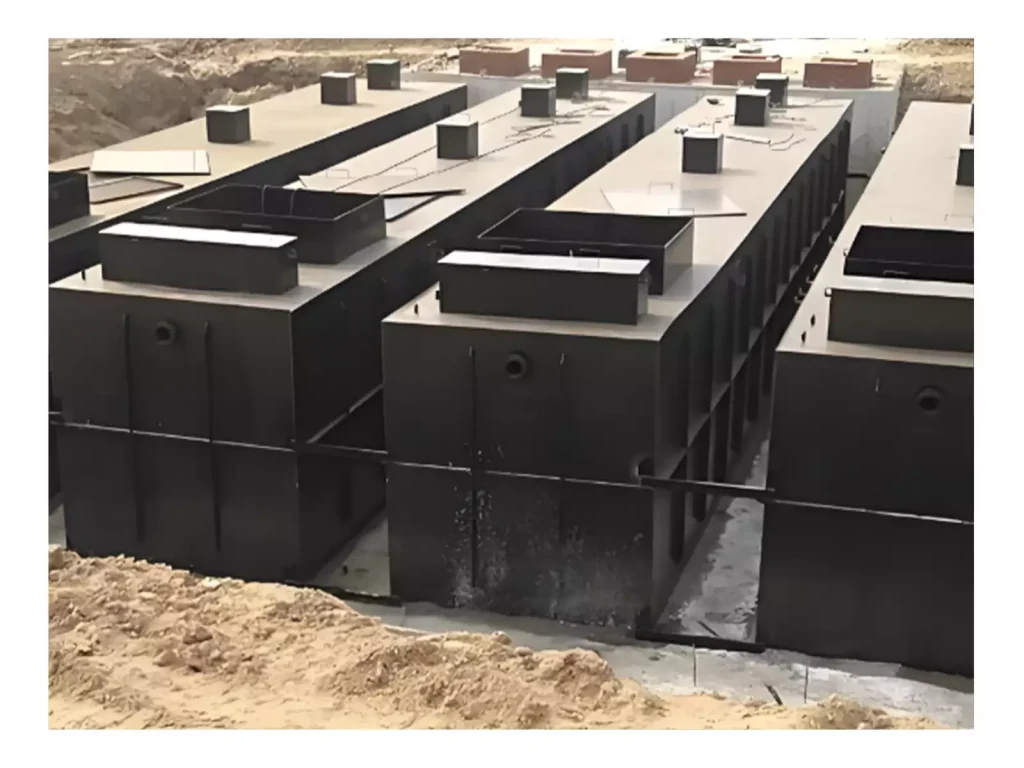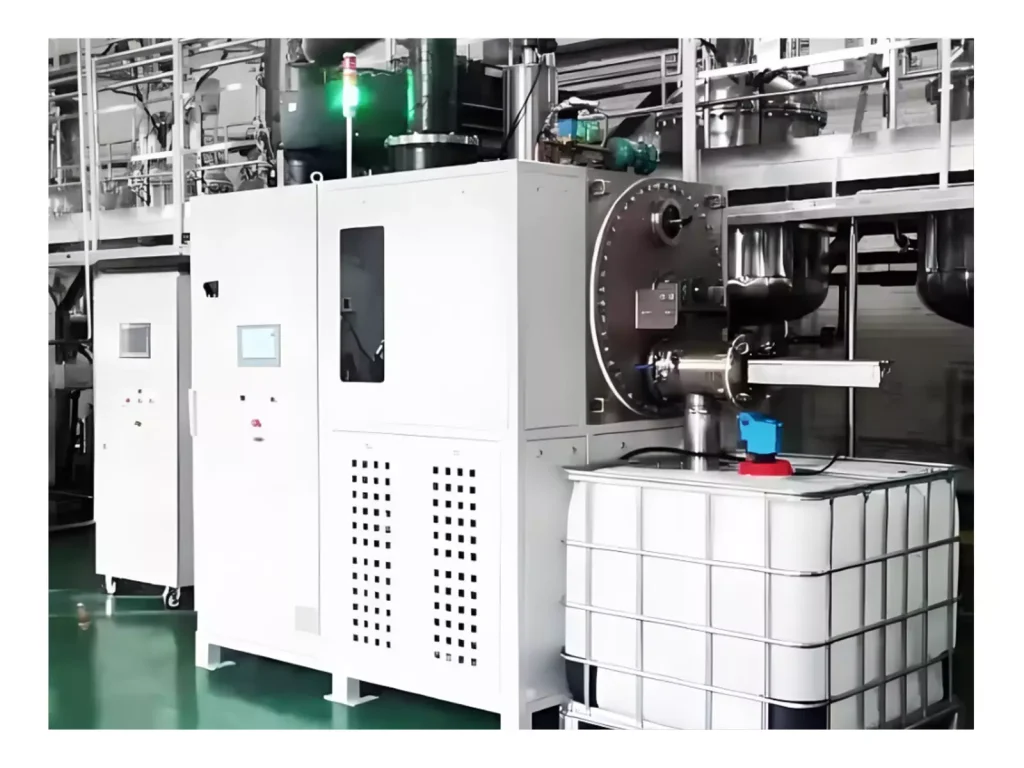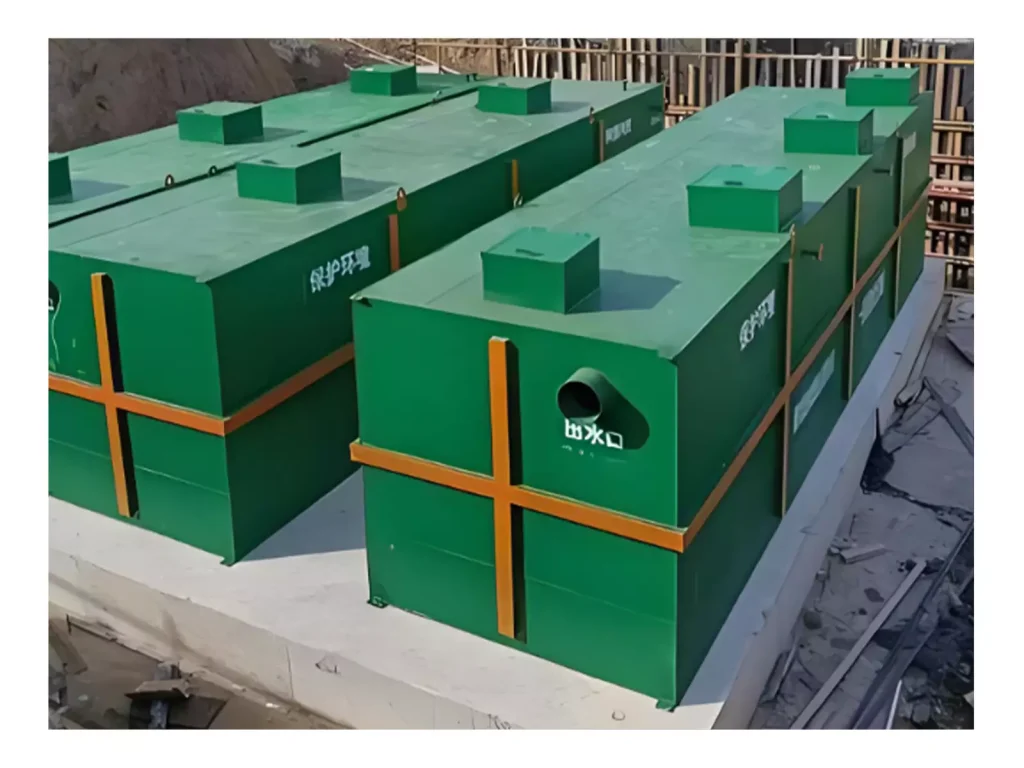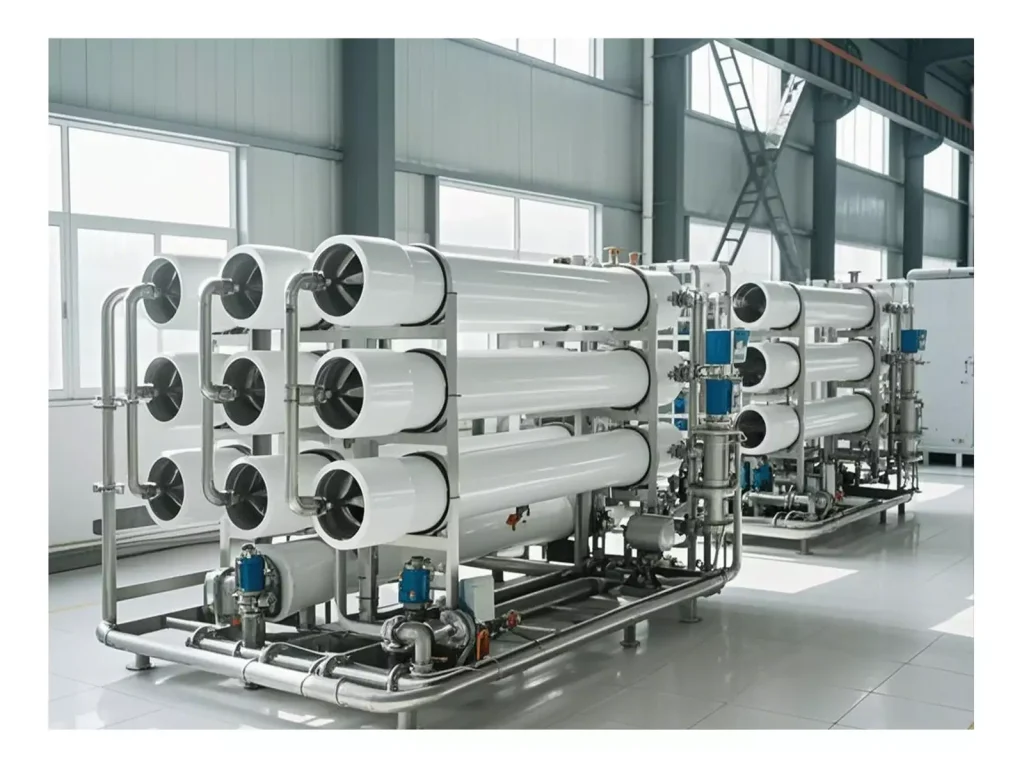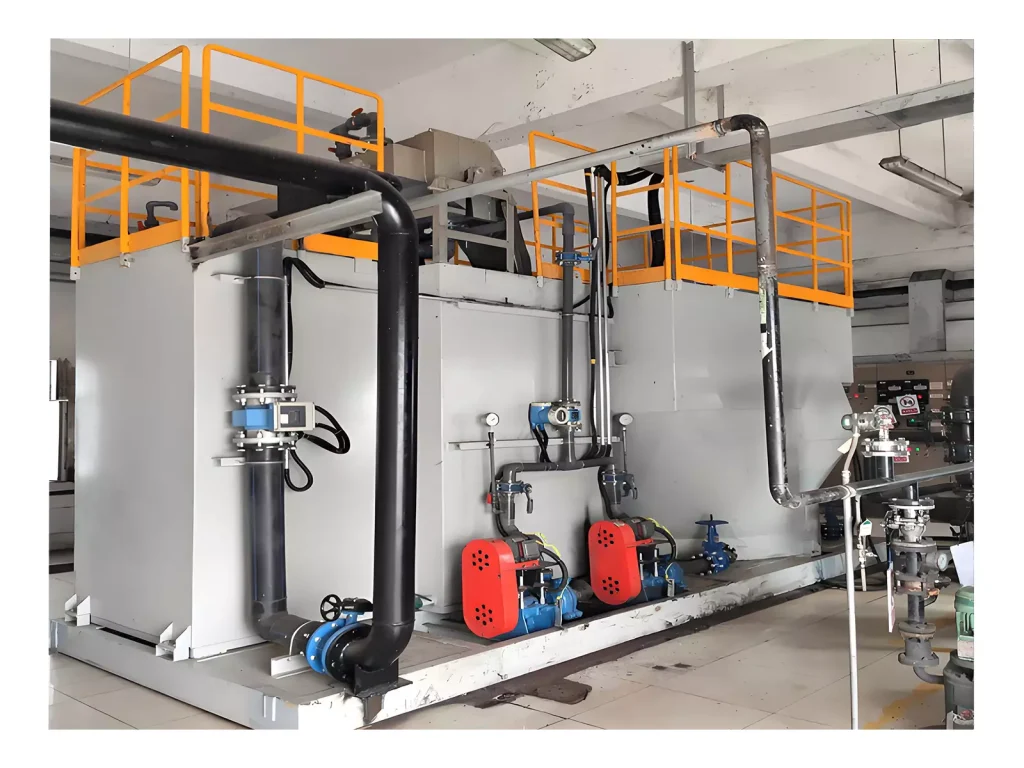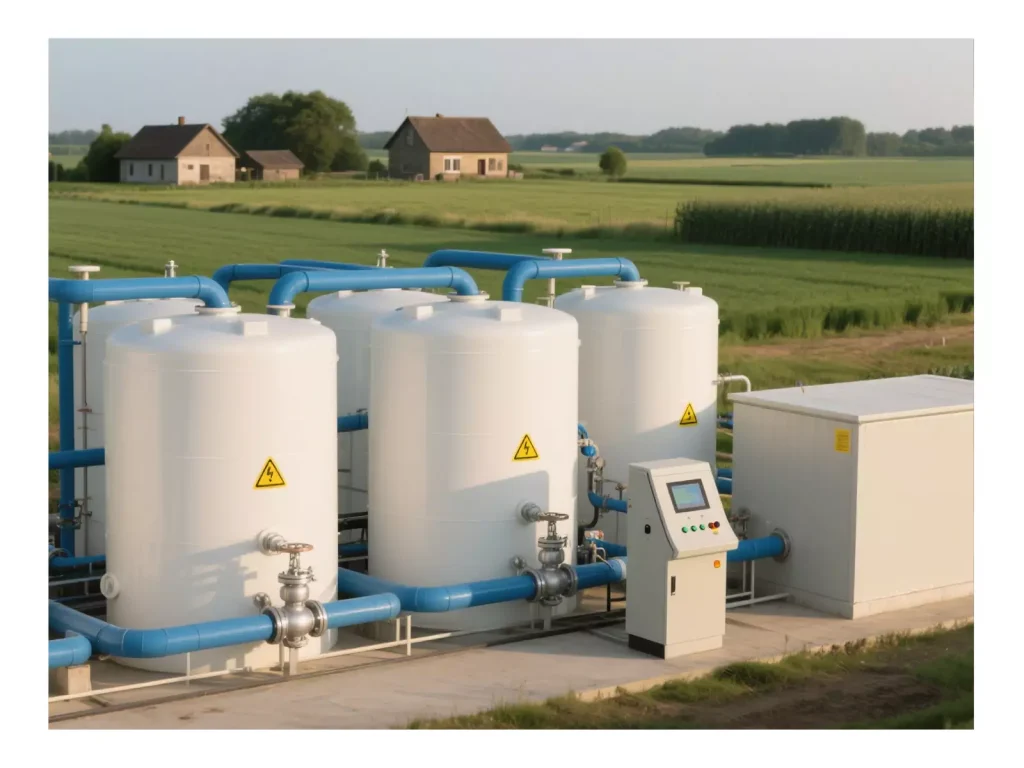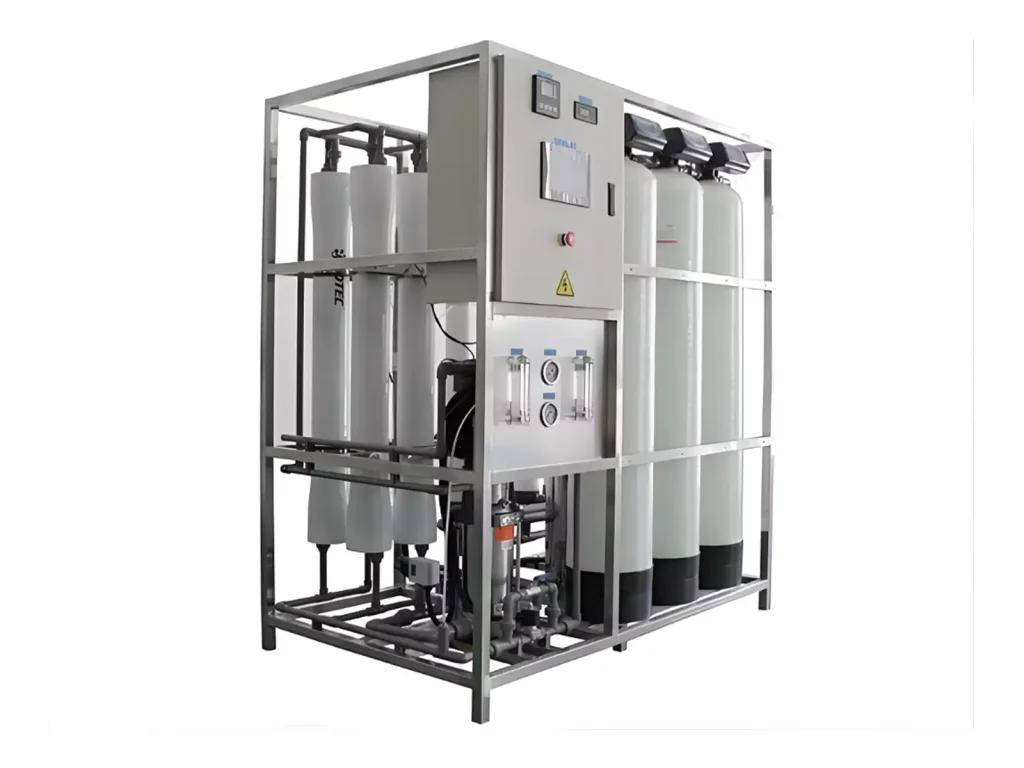In daily life, the drinking water we come into contact with often undergoes multiple treatment processes. Many people have such a question: Since various chemicals have been added to the water, will these substances remain? Will it have an impact on human health? Especially in the treatment of industrial wastewater and municipal water, chemicals seem to be everywhere.
In fact, water treatment chemicals are not invisible pollution sources. On the contrary, they play a crucial role throughout the purification process. Without these agents, a large amount of suspended particles, bacteria, heavy metals or organic pollutants might remain in the water. The key issue lies in: The key issue lies in: how to use the chemicals scientifically and remove the residues through technological means after treatment, so as to ensure that the water quality meets the safety standards.
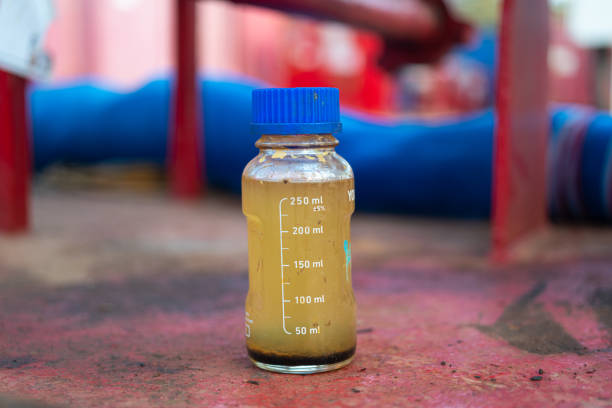
What Is Chemical Water Treatment?
Chemical Water Treatment refers to the process in water treatment where chemicals are added to water to change its chemical properties, thereby removing pollutants or improving water quality. Its core functions include the following aspects:
- Removal of suspended solids and turbidity: The agent can cause fine particles in water to aggregate into larger flocs, facilitating sedimentation and filtration.
- Sterilization and disinfection: Disinfectants can effectively kill bacteria, viruses and other microorganisms in water, ensuring the safety of drinking water.
- Adjust pH: By adding pH regulators, optimize the chemical reaction conditions and protect the equipment from corrosion at the same time.
- Removal of heavy metals and organic substances: Special chemical agents can precipitate or oxidize harmful substances in water, improving water quality.
Understanding the role of chemical water treatment helps to have a clearer grasp of the logic of subsequent processes and the selection of chemicals.
Chemical Methods of Water Treatment
In water treatment, the use of chemicals can achieve different treatment goals through various methods. The main methods include:
| Chemical Method | Principle | Purpose / Application |
| Coagulation & Sedimentation | Addition of coagulants causes small particles and suspended solids to aggregate into larger flocs, which then settle | Reduce turbidity and suspended solids; widely used in drinking water and wastewater treatment |
| Disinfection | Use of chemical disinfectants such as chlorine, chlorine dioxide, or ozone to kill bacteria, viruses, and other microorganisms | Ensure water safety, prevent disease transmission |
| Oxidation & Reduction | Oxidizing or reducing agents change the chemical properties of pollutants, making them precipitate, decompose, or easier to remove | Remove iron, manganese, sulfides, and organic pollutants; improve color and odor of water |
| Adsorption & Precipitation | Use of adsorbents (e.g., activated carbon) or chemical precipitating agents to remove pollutants | Purify water, remove odors and harmful substances; complement other chemical treatments |
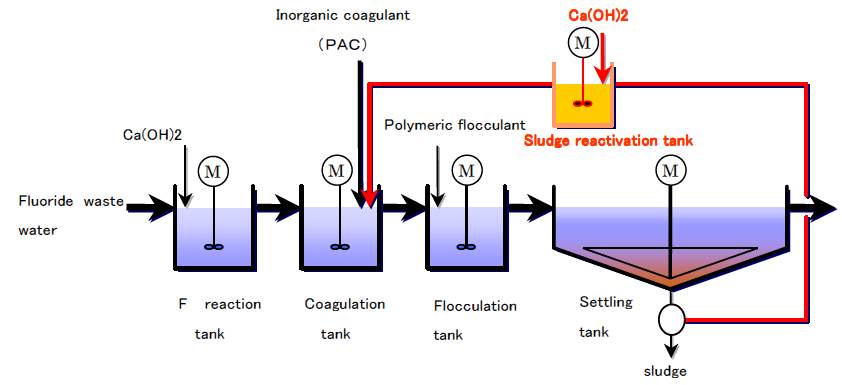
The Main Functions Of Water Treatment Chemicals
Water treatment usually follows seven basic steps: water intake, coagulation and sedimentation, filtration, disinfection, pH adjustment, softening, and storage and distribution. In this process, chemical agents are indispensable:
- Coagulation and sedimentation: After adding coagulants, the tiny particles in the water will aggregate into larger flocs, which are easier to settle and thereby reduce the turbidity of the water.
- Disinfection: Use disinfectants such as chlorine, chlorine dioxide or ozone to kill microorganisms in water and ensure that the effluent meets hygiene standards.
- pH adjustment: By regulating the acidity or alkalinity of water with sodium hydroxide or sodium carbonate, the chemical reactions during the water treatment process can be made more efficient, while also protecting pipelines and equipment.
- Softening and special treatment: Lime, phosphate or activated carbon can be used to reduce water hardness, remove heavy metals and odors, and ensure the comfort and safety of water quality.
Chemical agents complement physical or biological treatment methods at every step to ensure that water treatment achieves the desired effect.
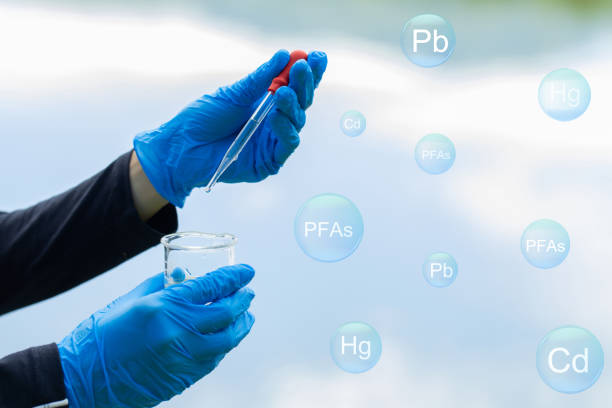
Most Commonly Chemicals Used In Wastewater Treatment
In actual operation, different combinations of chemicals are used for different water qualities and treatment targets. Common chemicals include:
| Chemical Category | Typical Chemicals | Main Functions |
| Coagulants & Flocculants | Poly Aluminium Chloride (PAC), Aluminum Sulfate, Polyacrylamide (PAM) | Aggregate fine particles for sedimentation, remove turbidity and suspended solids |
| Disinfectants | Chlorine, Sodium Hypochlorite, Chlorine Dioxide, Ozone | Kill pathogens and ensure the safety of drinking water and reclaimed water |
| pH Adjusters | Lime, Sodium Hydroxide, Sulfuric Acid | Regulate water acidity/alkalinity to protect equipment and optimize treatment processes |
| Scale & Corrosion Inhibitors | Organic Phosphonates, Polycarboxylates | Prevent scaling and corrosion in pipelines and heat exchangers |
| Phosphorus Removers & Decolorants | Ferric Salts, Aluminum Salts | Reduce total phosphorus and color in wastewater to meet discharge standards |
| Oxidizing & Reducing Agents | Sodium Bisulfite, Ferrous Sulfate | Remove residual chlorine or reduce heavy metal ion concentrations |
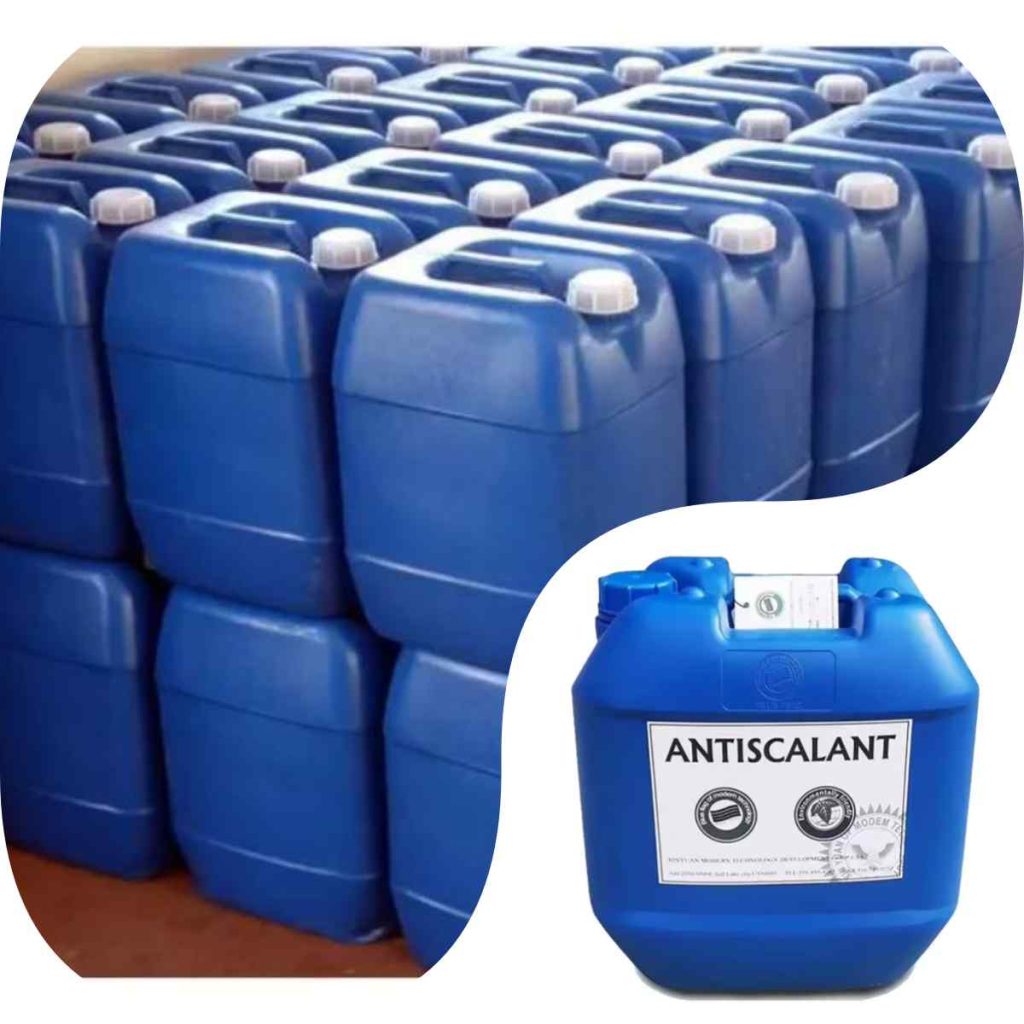
But, what is the best chemical treatment for water?
Many people are concerned about “Which chemical is the most effective?” In fact, there is no panacea. The selection of chemicals needs to take into account the characteristics of the water source, the type of pollutants and the treatment targets.
- Drinking water treatment usually employs a combination of PAC and chlorine to achieve both turbidity removal and disinfection effects simultaneously.
- Industrial wastewater may require the combined use of oxidants, lime and activated carbon to remove heavy metals, chemical pollutants and odors.
The key lies in formulating a plan based on the characteristics of water quality rather than relying solely on a single chemical agent.
How Do Water Treatment Plants Remove Chemicals?
If adding chemicals is the process of purification, then removing removes is the link of guarantee. To avoid secondary pollution, water plants usually adopt various methods to remove possible residual chemicals:
Sedimentation and filtration
Under the action of coagulants, impurities will form larger flocs, which are then settled in sedimentation tanks and removed through physical means such as sand filtration.
Activated carbon adsorption
Activated carbon can effectively remove residual chlorine, odors and some organic pollutants, playing an important role in improving the taste and safety of drinking water.
Advanced Oxidation Process (AOP)
Decompose refractory organic matter by using ozone, ultraviolet rays or hydrogen peroxide to further purify water quality.
Membrane separation technology
Ultrafiltration and reverse osmosis membranes can physically intercept chemical removes, heavy metals and micro-pollutants, and are important means to ensure high-standard water quality.
Automated monitoring and precise dosing
Modern water plants generally use online monitoring equipment to precisely add chemicals based on real-time water quality conditions, avoiding overdosage and ensuring that removes are controlled within a safe range.
Through these steps, the remove of chemical agents in the water will be effectively reduced, thereby ensuring that the water quality meets the standards for drinking or discharge.
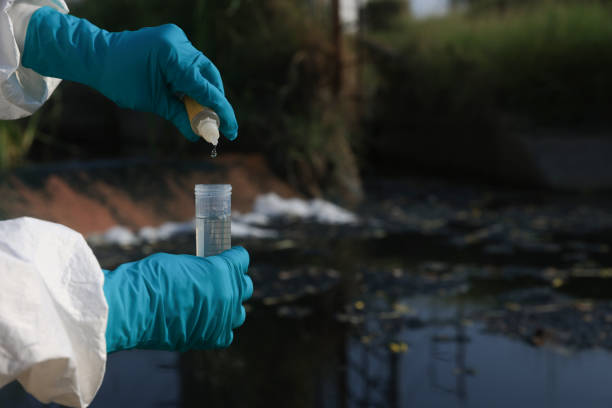
FAQs
Will drug removes pose a threat to health?
Drinking water standards in various countries have strict limits on the remove of chemicals, and water plants will also continuously conduct tests to ensure that the water quality meets the standards.
Why do different water plants use different chemicals?
The quality of the raw water varies, which determines the treatment process. Different chemicals are required for mountain water sources, surface water and industrial wastewater.
Can chemicals be completely avoided?
Although physical or biological methods can play a role in some situations, if they are completely replaced, they are often too costly or have limited effects. Therefore, chemical agents remain irreplaceable.
Final Words
Chemical agents are not a source of risk in water treatment but an important tool for ensuring water quality. True safety comes from scientific and reasonable dosing, as well as a complete remove removal and detection system.
For ordinary users, the most important thing is to understand that safe water treatment is not zero chemical agents, but correct medication + strict monitoring. Only under such a balance can we obtain both clean and safe water.
